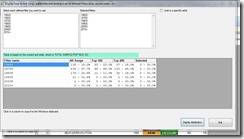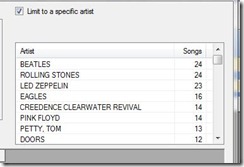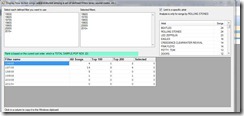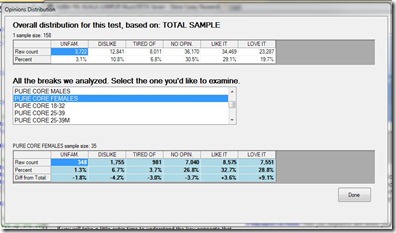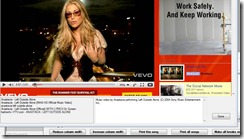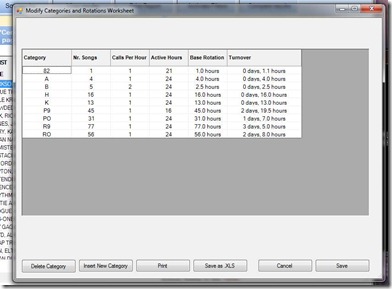What happens when the spots come on?
That’s the title of a study done by Media Monitors, Arbitron and Coleman Insights. It is an impressive effort. You can download a copy here:
What Happens When the Spots Come On- 2011 Edition – Arbitron
I was at the Arbitron Client Conference for the presentation. Overall, the news is good for radio.
It is good in this sense: The number of listeners that advertisers get is similar to the numbers in the ratings. At least within the PPM world. About 93% of them, in fact. So advertisers can rest a little easier. They are pretty much getting what they pay for.
Better for talk
It is a little misleading, in that the numbers look much better for spoken word formats than for music formats. For music stations, the number is about 88%. And for music listeners who are 18-34, it is about 85%.
So do we owe the advertisers a 15% discount? Hardly. People have always been able to tune away from commercials, including TV. They can choose not to read an ad in a newspaper or magazine.
Not so Useful for Programmers
As a programmer rather than a salesperson, this study is not as useful to me. It does not measure “retention”. How many of the people listening when the commercial break begins are still there after one minute, two minutes, etc.?
For advertisers, exactly which bodies are there isn’t as critical. But for programmers it is. We want to know how many are so irritated that they leave. Because new people are always joining the station (even during commercials!) we can’t see that information. In this study we see only the net effect of leaving and joining. And we certainly don’t find in this study the answer to the question “How long a break can I get away with?”
Not Everything is Measured by This
Minute-by-minute tune-in and tune-out numbers are interesting. But they fail to answer the most interesting questions.
How many people are irritated, but too busy with their lives to go “mess with” the radio? How many simply mumble something to themselves like “I need an iPod?”
How much damage is done to our brand? If they think you’re playing too many commercials, stopping the music for too long, stopping the music too often, etc. then you are. Advice: Ask your listeners.
Your brand is the experience your listeners believe you give them.
My View
I think long breaks are dreadful. They degrade the experience of listening to a music station. Don’t they for you?
I think I know how long our breaks should be. But that’s a topic for another day.
This study could be a good start. It focuses our attention on this area and has rekindled debate. I hope you’ll join that debate.
And the raw data is there. Some of our programming questions could be answered. Let’s hope that by the end of 2012 we know a lot more about how to best handle our music flow.





